Hair Dyes- Natural and Synthetic Types

Preparing a hair dyes or decorating the tresses with various elements was conducted for ages. Painting locks using different formulas is not a new vogue. With time experimentation of working on distinct ideas has boomed. Individuals are exploring a lot to achieve a unique and new hair tint.
As per records hair, dyes were a portion of obsolescent techniques. For thousands of years, the methodology has been the same. However, multiple ideas have captured this hair color industry.
Skeleton of Locks
The hair has two divisions, the shaft, and the roots. The visible hair is called the shaft. Roots stay inside the scalp.
Principally dead cells construct the anatomy of the hair. Scanty live cells survive at the base of the root. The shaft is created with Keratin and melanin.
A large section of hair has three layers named – Cuticle, Cortex, Medulla. The cuticle is the outside, the medulla is the inner lining and, the cortex is at the center. The cuticle produces keratin, which strengthens the shaft.
What is the chemistry behind hair dyes?
People have limited knowledge regarding the chemistry of hair dyes and their health connections. After applying it in abundance, an allergic reaction occurs. It may be in the form of blisters packed with pus or itching of the scalp.
A chemical reaction transpires between the bleach and the melanin available in the hair. This reaction proceeds in the coloring of the hair shafts. Particles of the hair dye go within the skin of the hair. A blend of hydrogen peroxide and ammonia creates the outcome.
The hair colors are composed of chemicals. A precise shade is conceived with the mixing of two tones. It means a chemical reaction happens when they are mixed.
The chemicals are of a firm and harsh nature. The level of the reaction between peroxide and ammonia depends on the quality of the product. The natural bleaching agents also play a vital role.
How does the dyes colors your hair?
The dye would be able to display its colors only after it enters the cortex. It expands the cuticle to make a way to the cortex. The dye bits progress within the cortex.
Hydrogen peroxide creates melanin availability. It communicates among keratin, melanin, and the parent dye.
Hence, the origin of larger dye molecules occurs. These reflect the color and stays after shampoo.
What are the sections of hair coloring?
There are three stages of hair coloring.
- Semi-permanent color
- Demi-permanent color
- Permanent color
Semi-permanent color – The molecules are small and fade after numerous hair washes. These hair dyes do not contain hydrogen peroxide ( no ammonia). Suitable to cover your greys but need a touch-up after several shampoos.
Demi-permanent color – In this category, the medium-sized molecules pierce the cortex. They stay following twenty-plus washes. These dyes have a small quantity of hydrogen peroxide.
Permanent color – It owns both ammonia and hydrogen peroxide. The tiny particles penetrate the cortex. These molecules extend in dimension and stay after shampoo.
For a complete color change, this is the one category you can choose. The task should be done by a professional for better results.
Some hair dye disasters?
A lot of elements can go wrong while applying your dye. Once the blunder has occurred rectifying, it seals the error. A quick fix of the mistake is needed.
Keeping the dye for increasing minutes can deliver a deeper tint. The solution is to shampoo your locks. Cleanser fades off the extra coat of color from the hair.
The shade appears yellow or orange? The usage of hard water must have been the reason for it. Do not bother. With time the saucy color will disappear.
In case your dye has formulated an uneven finish. You can use a darker shade of dye, or you can color the tips of your hair.
Exaggerated exposure to gloss can modify your color. With regular use of shampoo, the modification will mellow down.
The color has coated your hands, forehead, or any other body parts. Use a bleaching tool to that region. Fifteen minutes later, you can rinse it.
The aftermath of hair dye is dry and frizzy hair. A good conditioner will take care of your crowning glory.
Color removers help to eliminate unwanted effects. Use it following the application. It eliminates undesired paint and reconstructs hair to its former color.
What are the hazards of conventional hair dyes?
Harmful chemicals present in hair dyes produce blemishes and multiple skin ailments.
Sometimes allergies transpire on the skin. Seldom respiratory problems occur due to the toxins available in the dyes.
How to bypass the risk?
Always go for those hair color which says it is safe to use.
Purchase guaranteed dyes.
Buy returnable products.
Check the ingredients. The components should be natural.
Make dyes from ingredients available in your kitchen.
Organic hair dyes
You can prepare natural herbal hair dyes from regular kitchen stocks. If you want a chemical-free dye without any side effects then try some homemade dyes.
Some commodities which can color the hair as dyes are as follows.
Heena – The first plant-based element can be Heena. You can use this dried leaf powder for coloring your hair.
Heena adds shine and supplements the locks with a tint. It nourishes the shafts.
Indigo Powder – This powder is prepared and created by squashing the leaves of the Indigofera plant kind. It displays a dark blue shade. Utilize indigo powder after the application of henna powder. This way, you will get black shade.
Indigo powder is an antique dye. This powder is used for dyeing textiles.
Coffee – We associate coffee with promoting and stimulating your mood. Have you ever imagined that it can paint your hair?
Tea – Tea is excellent to cover your grey strands. Chamomile tea gives a blonde shade. Black tea gives a deep tone.
Beetroot Juice – Beetroot will give a burgundy hue. For that deep red tint, apply this dye once a month. A blend of beetroot and carrier oil is enough to make this colorant.
Carrot Juice – You will get a reddish-orange hue. A combination of carrot juice with coconut or olive oil will create the magic. Repeat the coloring method the following day for a darker shade. Use apple cider vinegar as a last rinse for that added shine to the tresses.
Lemon juice – Lemons are an excellent organic hair tint. The acidic nature of lemons helps in lightening your locks. Mix lemon juice with water. Splash this solution onto your locks to achieve that lighter coloration.
Cinnamon – This tint provides a reddish shade to the strands. Unlike lemons, it lightens your hair. Combine the same proportion of conditioner and cinnamon powder. You can use it twice a month. This dye will transform the color of the hair in just forty-five minutes.
Saffron – Saffron is a simply available ingredient to cover your greys. All you require is saffron and water. You need to blend two tbsp of saffron into two cups of water. Roughly twenty minutes of boiling is enough. Keep this mixture on your hair for two hours. Weekly use will give a satisfactory result.
Food Color – Are you planning to do a crazy experiment with your locks? If you want to highlight your shafts or want to add a streak to your tresses.
You can try food colors. There is no definite time or no specific rule to follow.
Combine few drops of any food color of your choice with two to three teaspoons of conditioner. Apply it on your crowning glory. Rinse it off after an hour.
FAQ
Which hair dye is best?
Organic hair dyes are always the best. The ingredients are easily available besides, they are harmless to the valuable tresses.
The homemade dyes do not have any side effects and are chemical-free.
Which hair color is long-lasting?
Permanent hair color are long-lasting. Ammonia and hydrogen peroxide are exists in this dye. If you are looking out for a complete color transformation, then permanent hair color is the best.
Rely on professional hands.
How can I color my hair naturally?
There are multiple options. The ingredients are available in your kitchen.
Some elements are beetroot, carrot, lemon, coffee, henna, indigo powder, saffron, food colors, cinnamon, etc.
What is a permanent hair dye?
The name says it all. Permanent hair dyes give a long-lasting color to your locks. They stays for a longer period.
Your selected color replaces the natural hair pigment. Permanent dyes inject color inside the cuticle.
Is hair coloring safe?
Harmful chemicals present in hair dyes produce blemishes and multiple skin ailments. They are not safe.
It can also injure your eyes.
Conclusion
Those were some details related to hair dye. If you wish to retain your tresses’ health then opt for a homemade dye. Hair dyes can be applied occasionally, but are not advisable for a prolonged period.



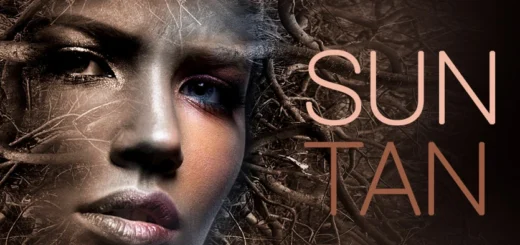



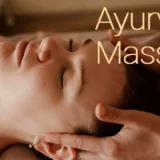






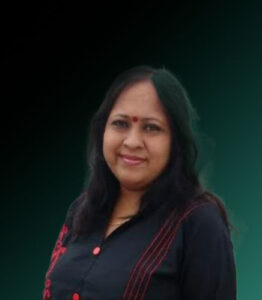
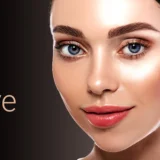







Very nice..
People have no idea that fast growth shampoos (of course with no sulfates, no parabens, no DEA) are even a thing. Persons are now able to have longer hair and enjoy more options. Surely worth researching.
Whether you’re going over alopecia, damaged hair, preventing skin disorders, hair growth, hair, and scalp health more often than not, the same principles become relevant.
For the most part, you should try to avoid hair treatments and products that include chemicals such as parabens, DEA, and sulfates.
What is good for your hair is beneficial for your skin also.
For obvious reasons, your content on this page is so useful for various reasons. It steers away from the common errors and pitfalls too many fall into buying ineffective alternatives. Keep up the great content! Its Awesome
Thanks Tracey! your comments will keep me motivated!